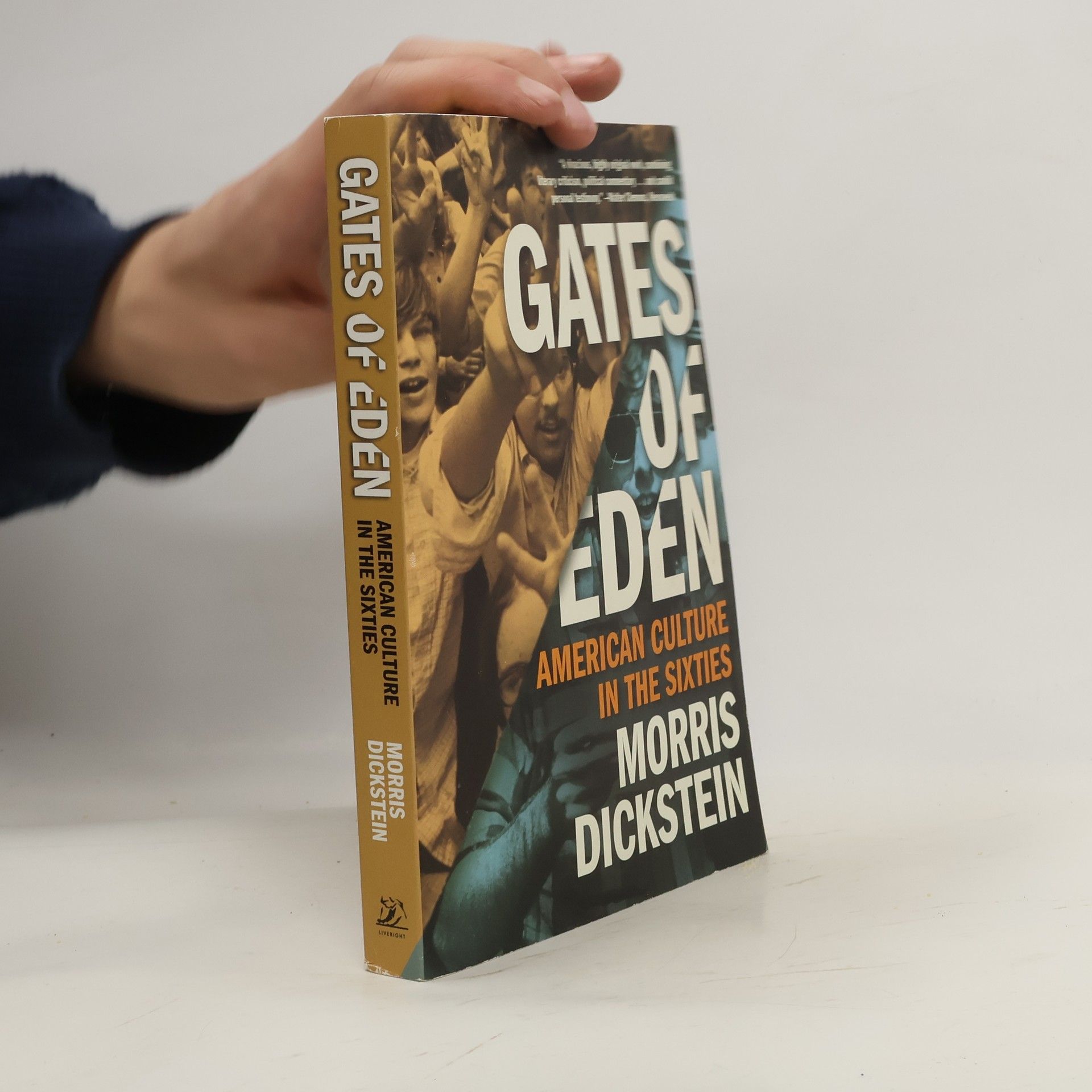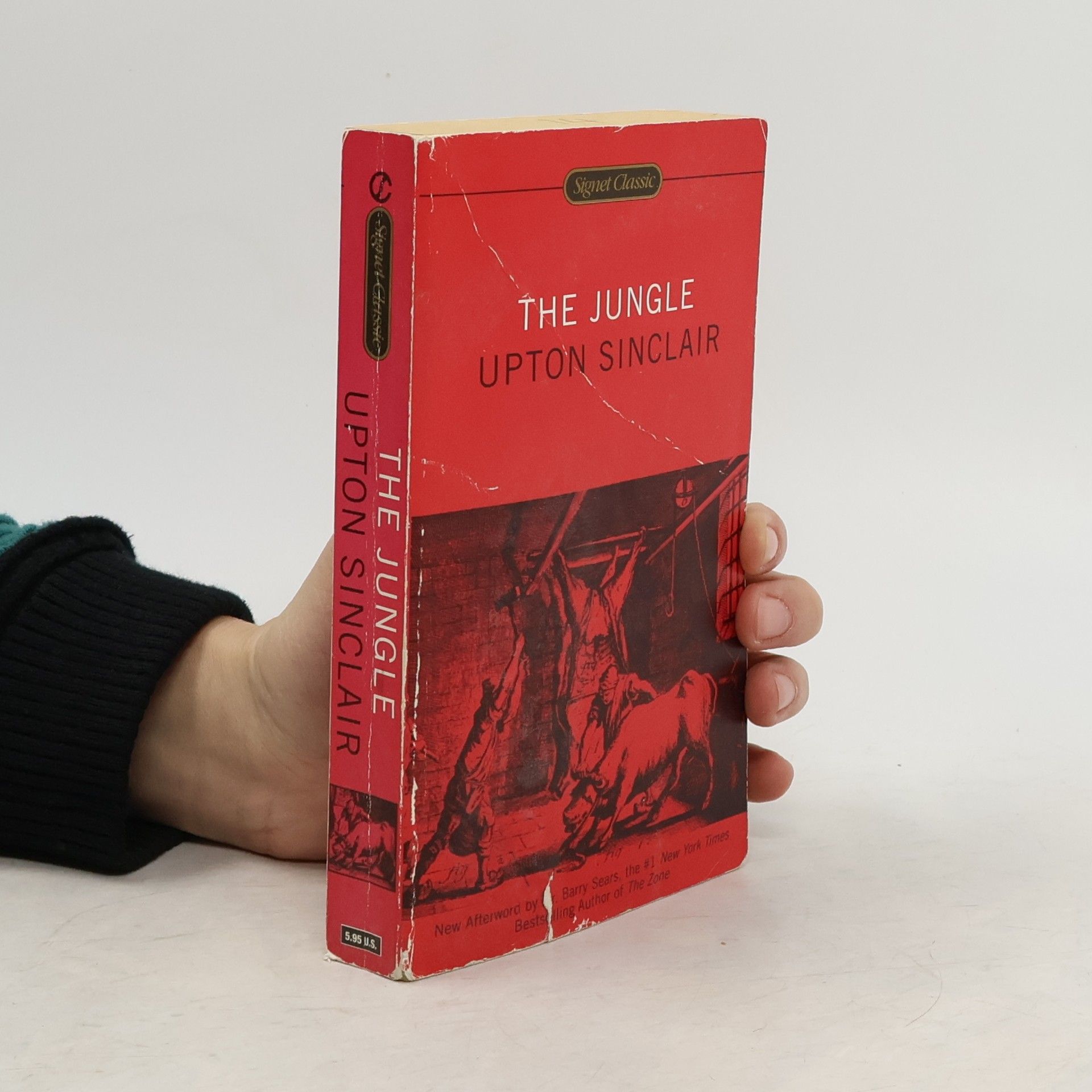The Jungle
- 416 pages
- 15 hours of reading
The horrifying conditions of the Chicago stockyards are revealed through this narrative of a young immigrant's struggles in America.
Morris Dickstein, Distinguished Professor of English and Theatre at the Graduate Center of the City University of New York, offers profound insights into 20th-century American culture, literature, and intellectual history. His work meticulously dissects the intricate connections between artistic expression, societal shifts, and prevailing ideologies. Through sharp analysis and engaging prose, Dickstein illuminates the formative forces that shaped modern American identity. His approach provides readers with a rich understanding of the intellectual currents that defined an era.



The horrifying conditions of the Chicago stockyards are revealed through this narrative of a young immigrant's struggles in America.
Investigates the careers and cinematic accomplishments of twenty-three great directors including Antonioni, Bergman, Capra, Chaplin, Fellini, Hitchcock, Truffaut, and Welles
Widely admired as the definitive cultural history of the 1960s, this groundbreaking work finally reappears in a new edition. The turbulent 1960s, almost from its outset, produced a dizzying display of cultural images and ideas that were as colorful as the psychedelic T-shirts that became part of its iconography. It was not, however, until Morris Dickstein's landmark Gates of Eden, first published in 1977, that we could fully grasp the impact of this raucous decade in American history as a momentous cultural epoch in its own right, as much as Jazz Age America or Weimar Germany. From Ginsberg and Dylan to Vonnegut and Heller, this lasting work brilliantly re-creates not only the intellectual and political ferment of the decade but also its disillusionment. What results is an inestimable contribution to our understanding of twentieth-century American culture.